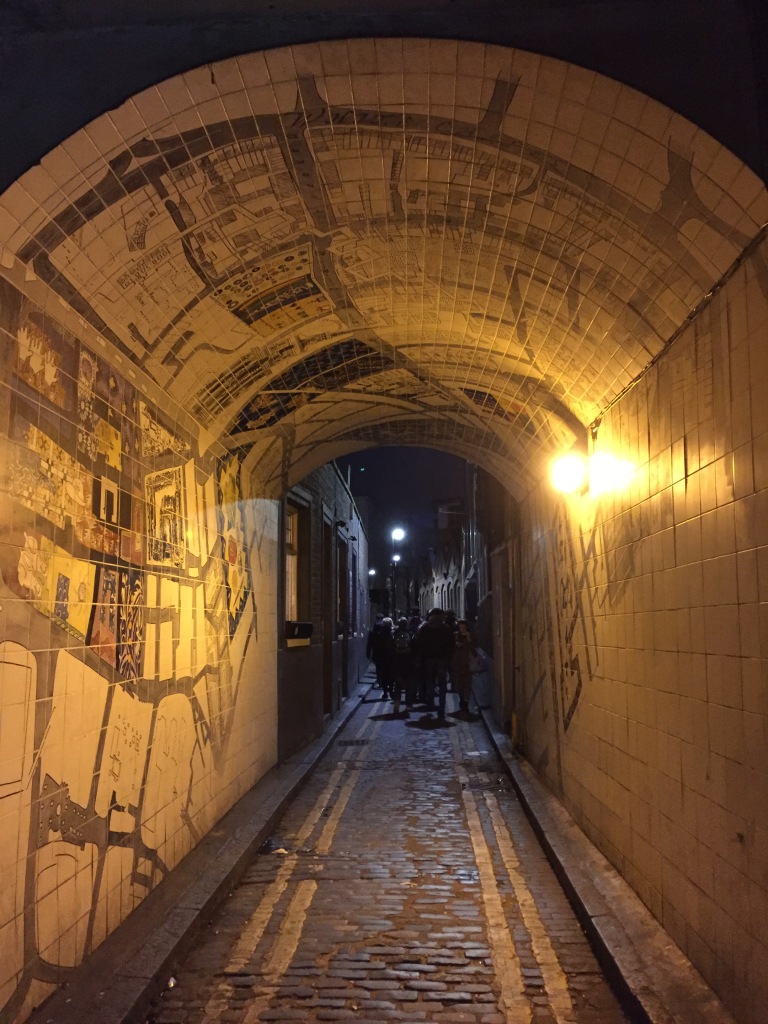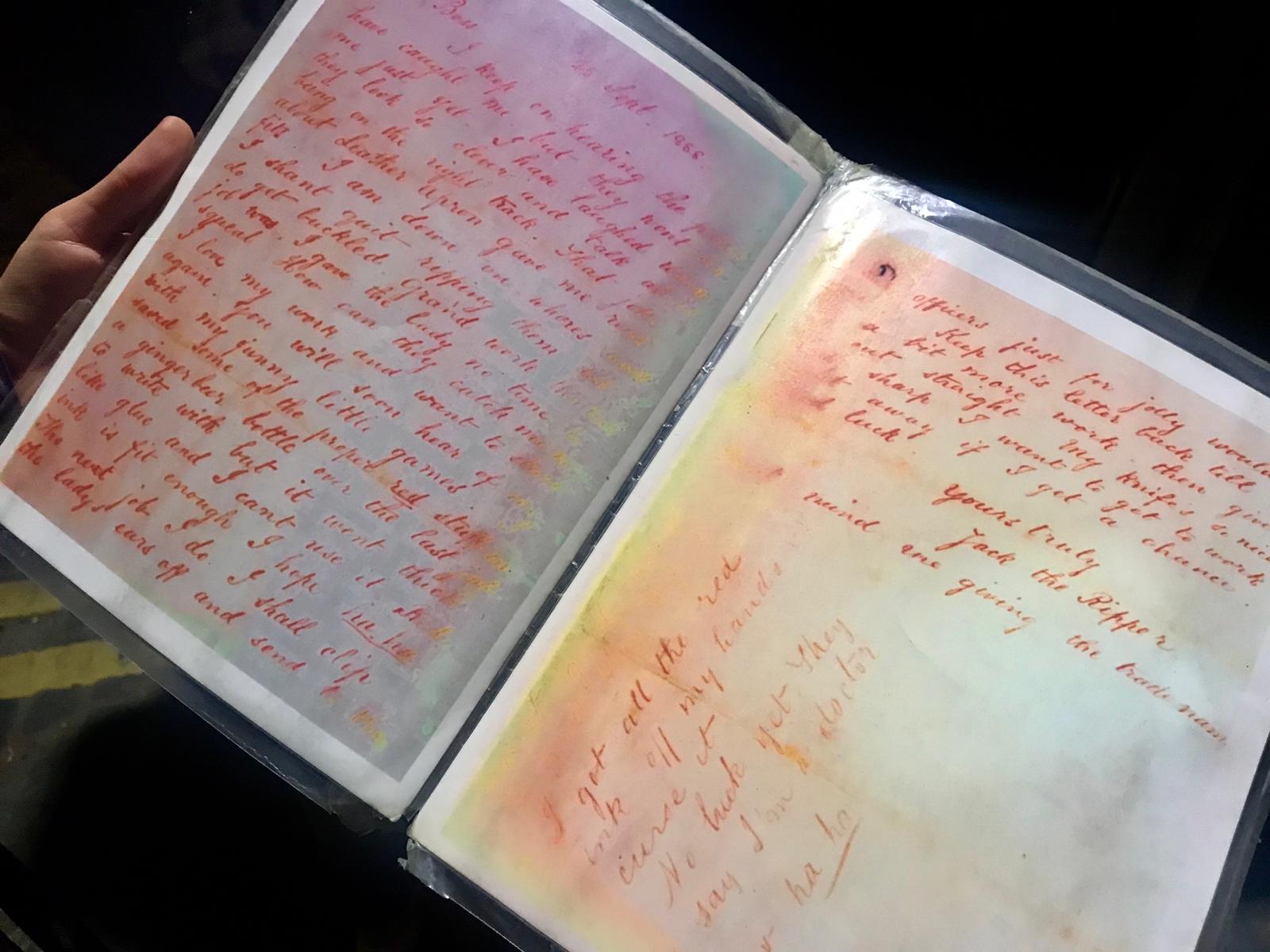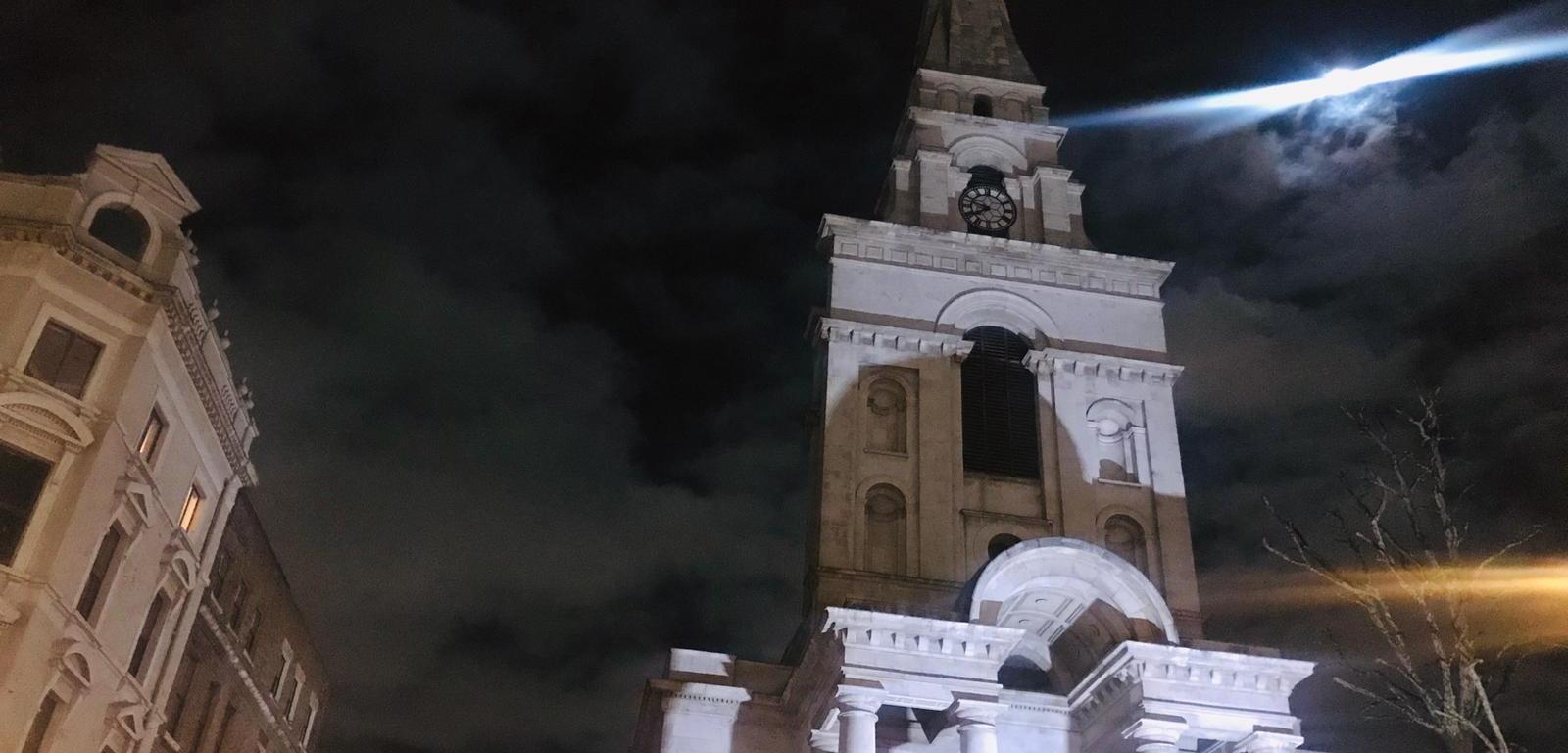One of the world’s most infamous serial killers – Jack the Ripper – spread horror through the East End of London back in 1888. East Side Story went on the Jack the Ripper Walking Tour to bring you the facts and dispel the myths.
**Warning – people may find some images below distressing**
1. Jack the Ripper is only considered to have murdered five prostitutes.
This is contrary to popular belief that he committed a far greater number of killings. It is the brutal and horrific way in which he carried out the murders that has gained him notoriety – and not necessarily how prolific he was.

Given that fingerprinting was introduced two years after 1888 (the year of the Jack the Ripper murders), criminals were very tricky to catch and the crime rate in East London was particularly high.
This meant that a series of murders carried out after the ‘canonical five’ (as the Ripper victims are known as) have been linked to him in some cases. Our tour guide assured us that this is most likely just speculation.
2. The Ripper was also referred to as ‘The East End Murderer’ and the ‘Whitechapel Murderer’.
He’s known now only as Jack the Ripper – but case files and journalist accounts from the time show that he was called various different names.
These ones obviously derive from the location in which the ‘canonical five’ murders took place – in close proximity around Whitechapel and Aldgate.

It is thought that the name Jack the Ripper ended up sticking because in the Victorian period, ‘Jack’ was what you would call someone if you didn’t actually know what their name was.
It alludes to the fact that the mystery of the murders lives on and – while there are many suspects – no one has ever been formerly identified as the Ripper.
3. The Ten Bells on Commerical Street was NOT Jack the Ripper’s local pub.
This is myth busting fact! It is thought that The Ten Bells pub in East London was frequented by Jack the Ripper – however our tour guide asserted that this is in fact incorrect.

It was where the last known reported sightings of two of the Ripper victims – Annie Chapman and Mary Kelly – took place. But there is no substance to claims that The Ten Bells was the Ripper’s local.
Between 1976 and 1988, the pub was named ‘The Jack the Ripper’ and sold themed memorabilia. It was ordered to change its name back after a long campaign demanded that a murderer should not be commemorated in such a way.
4. Jack the Ripper was the first serial killer to gain worldwide notoriety – but was NOT the world’s first.
This – again – is a myth busting fact.
The Ripper murders marked a watershed moment for the treatment of crime in the media. While he was not the world’s first serial killer, he was the first to create a worldwide frenzy in the press.

Credit: Jack The Ripper Blog 1888.
The media were gripped by the brutality and proximity (both in terms of location and time period) of the murders – and the mystery that surrounded them. There were even reportings of Jack the Ripper murders overseas in places such as New York.
5. Journalists wrote a letter claiming to be Jack the Ripper just to boost business.
Many people wrote letters claiming to be the infamous murderer, however all of them were – and still are – considered to be hoaxes.

Now it is thought that it was written by journalists to boost readership of their newspaper. Credit: Sacha Power.
One of the better known letters (pictured above) is now thought to have been written by journalists from the Central News Agency to generate shock and keep business alive. The agency is thought to have had strong competition at the time and a reputation for embellishing news.
The letter was sent directly to them and published in their newspaper to attract attention and increase sales. The journalists are thought to have done the same with a postcard relating to the case.
6. All victims – except one – were brutally mutilated.
The throats of each victim were slit and all but one – Elizabeth Stride (the third murder) – was violently mutilated.

He removed parts of organs from the women – such as stomachs, bladders, wombs – and left them lying around the body.
It is thought that he sliced the carotid artery first from behind so that the blood sprayed away from him. It was then, after the women had died, that he begun mutilation.
Given that he appeared to have some knowledge of the human anatomy, there is speculation that the Ripper was a surgeon or even a butcher.
7. Over a hundred suspects have been put forward as Jack the Ripper – but the mystery remains unsolved.
It was initially thought by police that a gang of people were responsible for these crimes. After the second murder however, police believed they were looking for a lone man.
One of the more famous suspects is Queen Victoria’s heir, The Duke of Clarence. Our tour guide assured us however that this could not be true, as the grandson of the Queen was not even in London at the time of the murders.

George Chapman is a name you may recognise in conjunction with this case. Originally from Poland, he was a barber and a surgeon that lived in the cellar of the White Hart pub on Whitechapel High Street.
He was found guilty of poisoning his three wives and for this he was later hung. There is speculation that he was also responsible for the Ripper murders, given his arrival in London roughly coincided with the time of the crimes.
Due to the vastly different nature of the two cases – poisoning compared to mutilation – experts say that it is very unlikely that Chapman was Jack the Ripper.
The mystery goes on…
Fancy getting out and about more? Check out ourtop 10 things to do in East London, visit the East’s top 5 music venues, or indulge in some of the best places to eat.
Do you live in East London and have an East Side Story to tell? Get in touch!
eastsidestoryldn@gmail.com or tweet us @eastsideldn


